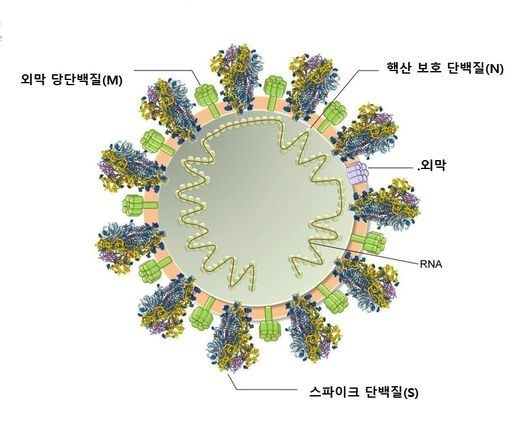The communications of the Lord Mayor Gustav Pinkenburg, appointed by the Americans, were sometimes dramatic, sometimes seemingly irrelevant. On June 20, 1945, for example, the mayor turned to his fellow citizens with gruesome news. Under the leadership of former concentration camp inmate Konrad Försch, the “Leichenräumando” (corpse clearing command) had again brought the dead out of the ruins, along with jewelry and ID cards. “The found objects of the recovered corpses can be picked up by the relatives at Rennweg No. 1,” said Pinkenburg.
Eight days later, the mayor had apparently banal news, which of course was extremely important in the destroyed city for people who had lost almost everything: “On Saturday, July 7th, 1945, between 8 a.m. and 12 p.m. in the workshop of the Technical college for mechanical engineering, Sanderring, pots are handed in for repair. ”
The city’s only functioning printing plant on Juliuspromenade
Initially, the only possible medium for Pinkenburg’s communications were the so-called throw slips. Because: For months there was no daily newspaper in the ruined city, and when the Main-Post finally came out on November 24, 1945, it was initially only able to appear twice a week due to a lack of paper. Litter slips were there until summer 1946.
The 16-year-old Rainer Spitznagel, son of Nazi opponents, sat in the mayor’s anteroom in 1945 and 1946 and was involved in the preparation and distribution of the notices. In a report on his activities, the person who died in 2019 at the age of 90 wrote: “The contributions had to be summarized, edited and – important! – translated and approved by the US Army in our OB offices.”
<!–
If the occupiers had given their permission, Spitznagel was commissioned to bring the respective manuscript to the Julius Promenade, where the city’s only functioning printing works was located. “If the proof was okay, it sometimes had to be quick,” he recalled. “So I sometimes turned up in the small machine room of the print shop while the Heidelberg machine was still running and was just spitting out the first copies.”
Newsletters passed orders from the military government
After that, the newsletters had to be distributed throughout the city, occasionally also attached to the remains of the wall. Spitznagel: “The main receiving points were the police stations, but also private ones. One of these output items was in a primitively furnished shop under a catacomb-like vault on Karmelitenstrasse.”
Initially, the dossiers were mainly about passing on orders from the military government established on April 4, 1945. The first issue on April 15th said that people from Würzburg are only allowed to leave the house from 6 a.m. to 7 p.m. ?? and only “for absolutely important reasons”. Anyone who wanted to go out after that needed a pass.
On April 17th, Pinkenburg threatened looters with house searches and draconian countermeasures: “Anyone found in possession of looted objects is subject to the strictest punishment.” Later he became even clearer and spoke of the death penalty, which, however, was never used.
On May 1, 1945 ?? the end of the war was still more than a week away ?? the mayor tried to encourage the citizens and announced the reconstruction: “Würzburg is not dead”, he wrote, “Würzburg must live, Würzburg must rise again!” Because, according to the mayor: “We won’t let ourselves get down, we’re building!” On May 5th, Pinkenburg became concrete: “The construction of the city will begin according to the plans of the municipal building office from Monday, May 7th, 1945 in the districts of Heidingsfeld, Zellerau-Nikolausberg, Grombühl and Frauenland.”
At that time only a few thousand people were still living in Würzburg and it would be a long time before there could be talk of an orderly reconstruction.
“The Hofkellerei sells one liter of wine a week to foreigners and residents of Würzburg who are over 20 years old.”
Litter from June 6, 1945–
The first task was to clear away the enormous amounts of rubble. A little later, Pinkenburg therefore announced where the citizens had to go to clear the rubble. There were food stamps only for those who worked, he threatened.
Little by little, many Würzburgers returned to their hometown, where they lived in cellars and summer houses or among rubble. Everyday life was primitive, but there were also individual points of light, as can be seen on the dated June 6, 1945: “The Hofkellerei gives foreigners and residents of Würzburg over 20 years of age a liter of wine a week. Bring vessels.”
And on July 18, Pinkenburg was able to write that the Alte Mainbrücke, which had been makeshiftly repaired by the Americans after the demolition by the Nazis, was “for civil pedestrian and bicycle traffic from 7 am to 9 am, 11.30 am to 1.30 pm and 4.30 pm to 5.30 pm Clock released “.
Overall, however, the depressing news dominates: mass evacuations in the countryside of people who were unable to take part in clearing the rubble (September 12), closed schools (October 23) and the remains of the wall falling (November 2). Pinkenburg only occasionally had something to report: on November 14th, he announced the opening of the first Würzburg post-war cinema in the building that is now the secondary school of the Maria Wald Sisters, and on November 23rd he announced that it would be soon In the outskirts of Würzburg, gas will be sent through the pipes again.
And slowly the regulations of the military government were also relaxed. On December 28, 1945, Pinkenburg was able to announce that German civilians were allowed to travel again with immediate effect. This, he had to add, only applied to the American zone ?? so for Bavaria and the neighboring areas.
–


